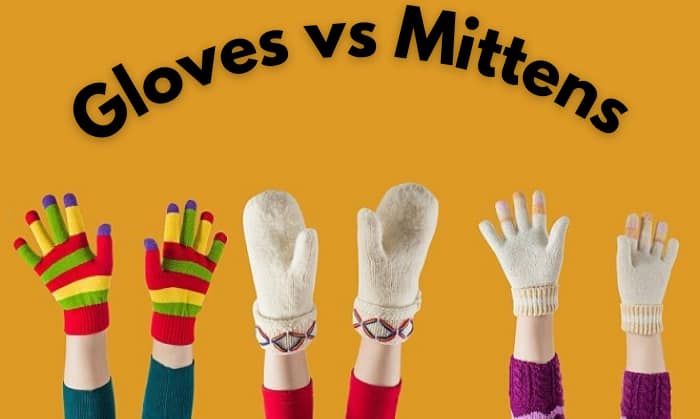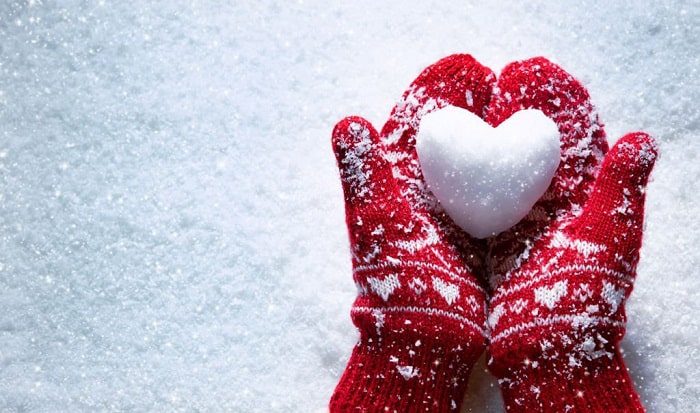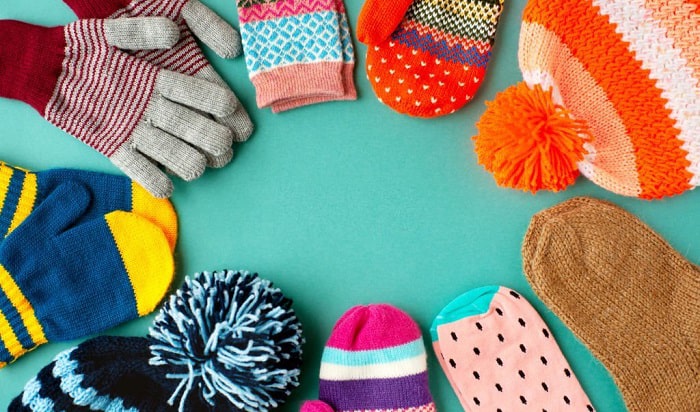Gloves vs mittens, the differences between them are pretty obvious. It is common knowledge that mittens are made by grouping four fingers and separating the thumb for maneuvering. Thus, their purposes are to limit heat loss through multiple openings. That explains why many athletes use them as snowboard gloves.
Meanwhile, our standard gloves separate all fingers, valuing dexterity a bit over retaining warmth.
With this distinct difference in design purpose, we can easily choose the right piece for our needs. Still, there are more to these options. Read on below.
Table of Contents
Mittens Vs Gloves: A Detailed Comparison
1. Design
The design of gloves and mittens makes it easy to differentiate them at a quick glance, even though they are both hand protection wear.
- Gloves always come with five separate fingers to fit users’ hands and aid every movement. Suppose you have a well-fitted and thin pair of gloves. In that case, you can experience the flexibility of moving your fingers freely to grab and grip, but with good protection, of course.
- Gloves come in many colors and sizes, not to mention there can be multiple types of tweaks in the designs to fit certain requirements.
- Gloves can be lightweight and thin; taking liners, for example, they fit onto our hands like a second skin. Indeed, there are thicker gloves, the types that are resistant to hazards like chemicals, cuts, heat, flame, moisture, etc.
- Mittens, on the other hand, come with two openings, one for the thumb and one for the other fingers. Indeed, with such a design, mittens are favored by people who seek protection in the winter cold.
Mittens are also versatile in colors and sizes. For instance, features like cuff length, thickness, the flexibility of the thumb part, and the shape of the four-finger part can vary greatly.
2. Materials
It is true that mittens are not as versatile as gloves in terms of materials. It takes great effort to even list all the fabrics that can be used to construct gloves, since their purposes are plentiful and very specific in some cases.
Here’re some common materials you might notice frequently:
- Gloves are often made of rubber, including natural rubber (or latex) and rubber polymers like vinyl, nitrile, neoprene,
- Also, common work gloves are made of leather fabrics (both genuine and synthetic), canvas, nylon, polyester, and many more. Snow gloves often use high-quality leather with nylon shells and stitches to block the winter cold.
- Mittens are often available in wool and fur when they are constructed to offer incredible warmth for extreme weather conditions. You can also encounter mittens and gloves made of different types of leather.
3. Distinct functions/features and applications
- Insulation
Due to their design, mittens are considered to have better insulation than standard gloves. The four fingers in the same glove opening help retain body warmth.
That’s why you will be more likely to encounter snowboarding mittens worn by sports players.
They often use either down or synthetic insulators, between which the latter is a tad thicker and less expensive. Meanwhile, we can expect the down insulator to be warmer and function better, more compact, and durable.
However, the synthetic insulator is better for use in gloves or mittens for skiing in wet conditions since they can maintain warmth even when exposed to moisture.
- Waterproof
Both mittens and gloves can be constructed with a waterproof coating or barrier to prevent the melted snow from seeping through the fabric.
Therefore, if you find products marked waterproof, they can offer good protection against moisture and the irritation of wet gloves.
Indeed, waterproof mittens and gloves are commonly used for winter sports, including snowboarding, skiing, ice climbing, etc.
However, waterproof gloves with coated palms and protective features have a wider range of use. They can protect workers working in the warehouse, freezer, and other outdoor worksites.
Frequently Asked Questions
Are mittens warmer than gloves?
Well-fitted mittens can be warmer than gloves made of the same materials. But, how mittens more protective against the cold then? As stated above, they are made to keep the body heat inside the gloves with fewer openings.
Do snowboarders wear mittens or gloves?
Protective equipment is essential for snowboarders, as it allows them to retain body heat and good protection in the process.
However, since snowboarders do not need to move their hands as frequently as in other sports, especially skiing, they only need mittens in competitions.
The mittens will ensure that these athletes are warm while allowing sufficient movements to grab onto their boards firmly when performing tricks.
Skiers and snowboarders can also use 3 finger gloves that provide sufficient warmth and flexibility for both sports.
Should I wear mittens or gloves?
The critical difference between mittens and gloves is that mittens are mostly used for warmth keeping, while gloves are more versatile in use. Therefore, it depends precisely on your requirements to choose the right piece.
If you want to stay warm for outdoor winter sports or activities, putting on the warmest mittens will do. Meanwhile, if you want to perform precise tasks or play sports that require frequent hand movements, you should find a good pair of winter gloves.
Conclusion
The decision to pick between gloves vs mittens is not that hard since they are made for specific purposes. Some overlapped uses mean you can choose whichever you prefer, but you should be more thorough when selecting hand protection for unique tasks.
You might find some good recommendations on other posts from our websites or seek good advice on Reddit. Make sure to pick the right pair that serves you right in your game or task to enjoy efficiency, comfort, and protection.

This is Edward Manning, the editor in chief of Construction Informer. Quite a bit of my time is spent researching the market and interviewing experts in the field so that I can give you reliable information.




